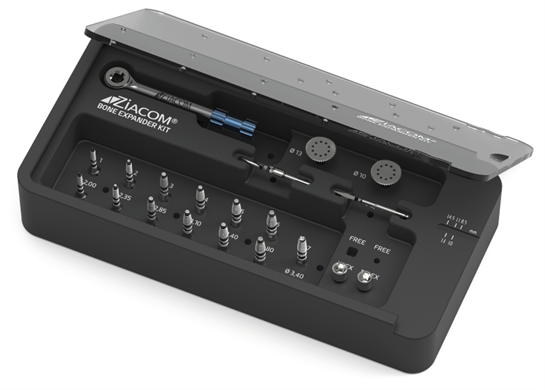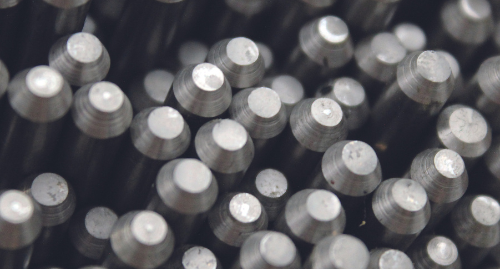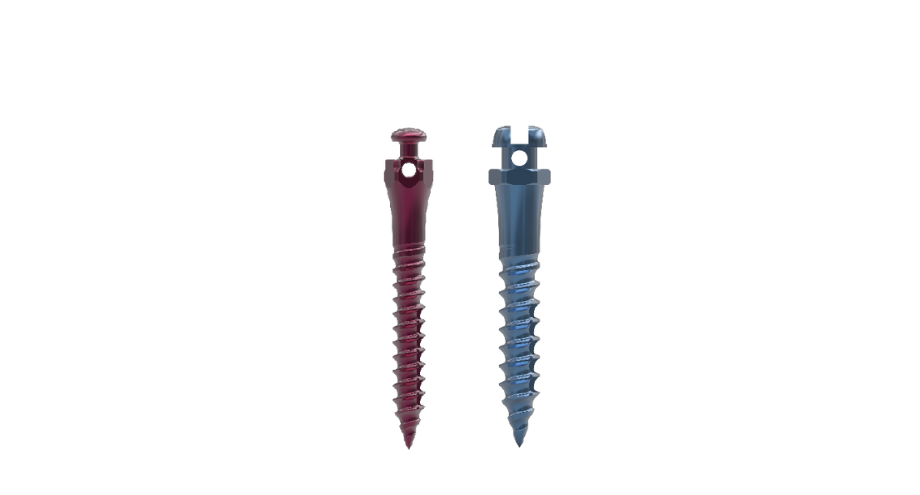Bone Expanders promote condensation of low-density bone and are beneficial in split-crest techniques, which makes them extremely practical in implant procedures.
Dental practitioners occasionally have to deal with patients who have low bone density or atrophy of the alveolar crest on the vestibular-lingual side.
The Ziacom Bone Expander Kit offers dental professionals expanders in progressive diameters which can be used consecutively to compress and expand bone.

An Advanced Kit of Ergonomic Bone Expanders
The Ziacom Bone Expander Kit, with its extensive selection of laser-marked, differentially designed expanders, in a range of shapes, sizes and types, makes it a powerful ally of the dental surgeon.
To give dentists maximum versatility, at Ziacom we have developed a specific bone expander for treatment plans involving both sinus elevation and expansion.
This bone expander has been designed to break the cortical sinus and move the bone replacement material under the Schneider membrane.

Our bone expanders have a threaded surface that makes them easier to use and offers outstanding accuracy and control during surgery, advantages that can make all the difference in these procedures.
The Bone Expander Kit is supplied with a manual, intended to guide the surgeon. It details the specifications of the instruments, sets out the procedures in which they may be used, and offers recommendations.
Recommendations for the use of bone expanders
Bone expanders may be used for:
- Bone expansion. From an implant surgical bed, the bone expanders gradually expand the bone crest, creating space for implants to be fitted.
- Non-traumatic sinus lift. Our concave-tipped bone expander can be used for sinus lift procedures complementary to bone condensation, using the Summers technique.
- Bone condensation. The sequential use of bone expanders gradually compresses and condenses bone tissue, giving implants greater primary stability.
Advantages of bone expanders
- Simple surgical procedure.
- Conservative technique – bone is compressed rather than being removed with drilling.
- Better primary stability of implants.
- Greater accuracy and control when inserting implants.
- Reduced drill use.
- Designed to be used with a range of dental implant systems.
Clinical indications
- Bone expansion for fitting of implants.
- Non-traumatic maxillary sinus lift (sinus membrane elevated to a maximum of 4.00 mm, with minimum bone crest of 5.00 mm).
- Crest expansion using the Split Crest technique (bone crests expanded by at least 3.00 mm in diameter, 8.50 mm in height).
- Condensation of low-density bone.




